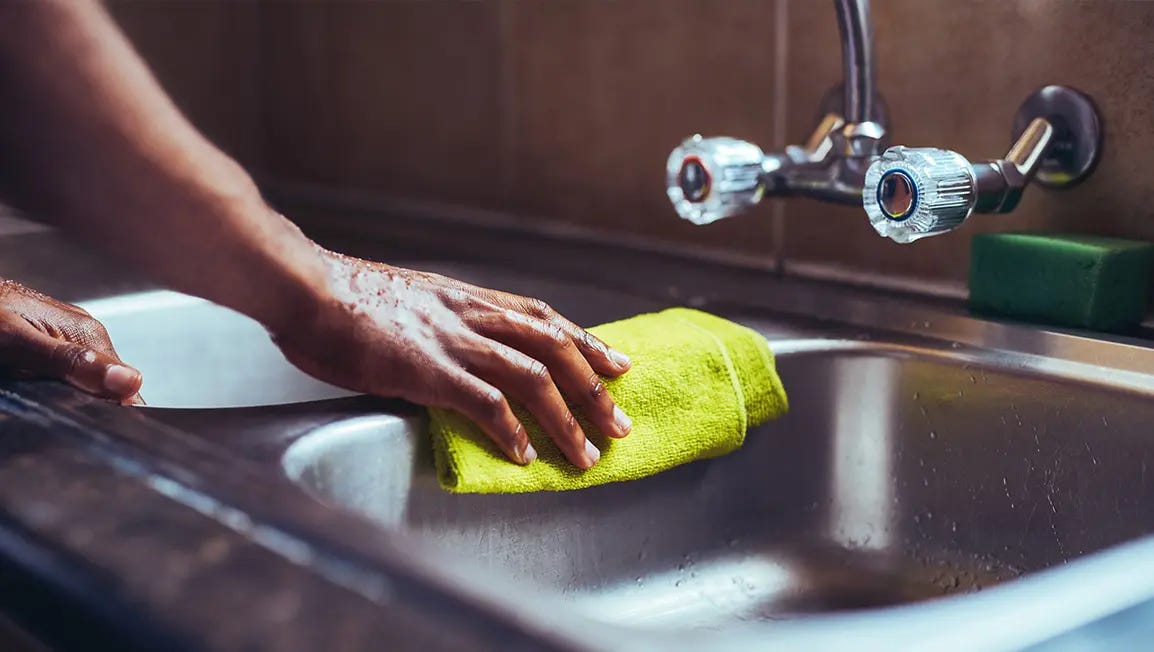Related Products
LYSOL® Disinfecting Wipes - Lemon & Lime Blossom® 80 ct.
Cleans & Disinfects Surfaces*![LYSOL® Disinfecting Wipes - Lemon & Lime Blossom® 80 ct.]()
LYSOL® Disinfectant Spray - Crisp Linen®
Kills 99.9% of Germs*![LYSOL® Disinfectant Spray - Crisp Linen®]()
LYSOL® All Purpose Cleaner - Trigger Lemon Breeze®
Clean and Disinfect![LYSOL All Purpose Cleaner - Trigger Lemon Breeze 32 oz.]()
Show 1 of 3
Though the terms may seem interchangeable, there’s a big difference between cleaning, sanitizing, and disinfecting. We're breaking it down and explaining why it’s important to know the difference so you can help keep your family protected and your home truly clean.

Let’s start with germs.
If it’s a surface someone touches, it probably has germs. Actually, even if nobody touches it, it probably still has germs. That’s because germs are everywhere. They live both inside and outside the human body. While some thrive in places like your gut and help with healthy digestion, others exist on your skin or other surfaces and are passed around constantly. There are many good germs that help our bodies stay in balance and actually work to build our immune systems. However, the bad germs can cause a breakdown in our bodies, leading to illness and infection. That’s why it's important to know how to get rid of bad germs in order to help keep your family protecte
Take a closer look at germs
Germs are microbes that come in four main types: bacteria, viruses, fungi and protozoa.**
“Bad bacteria” is the cause of many common illnesses. Examples include Staph, MRSA, Strep, E. coli, Salmonella and more.
So what’s the difference between cleaning and sanitizing and disinfecting?
A one-two punch to knock out germs
Always remember, just because something looks clean, doesn't mean it’s disinfected. The best way to reduce your risk of spreading germs is to first clean your surfaces, removing any stuck-on dirt and grime, and then sanitize and/or disinfect.
It is simple to protect you and your family against germs.
DISCLAIMER:
*Rinse food contact surfaces and toys with potable water after use
SOURCES: